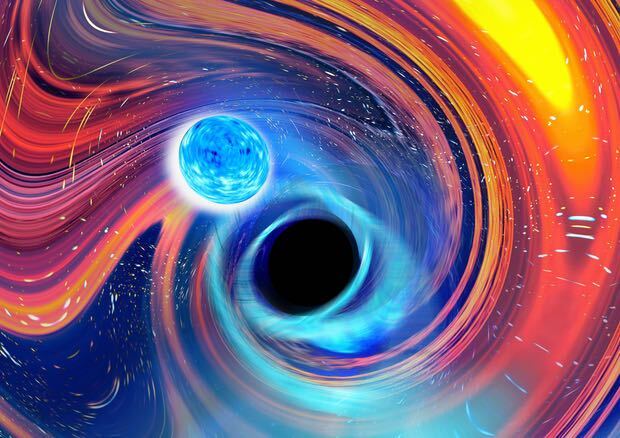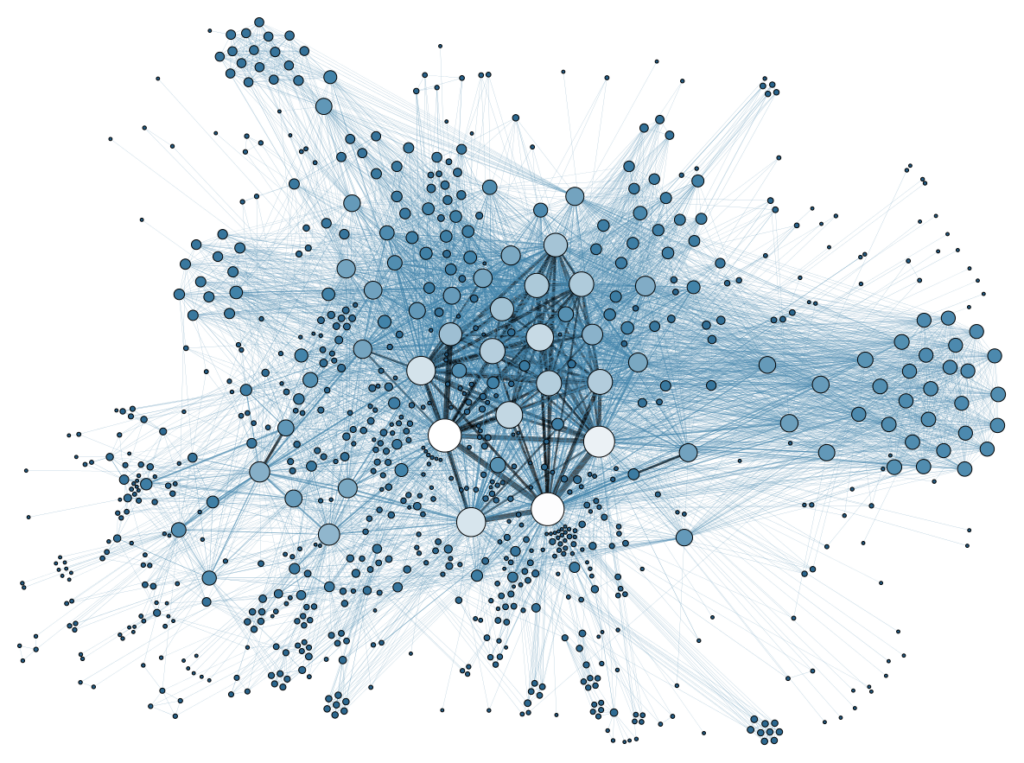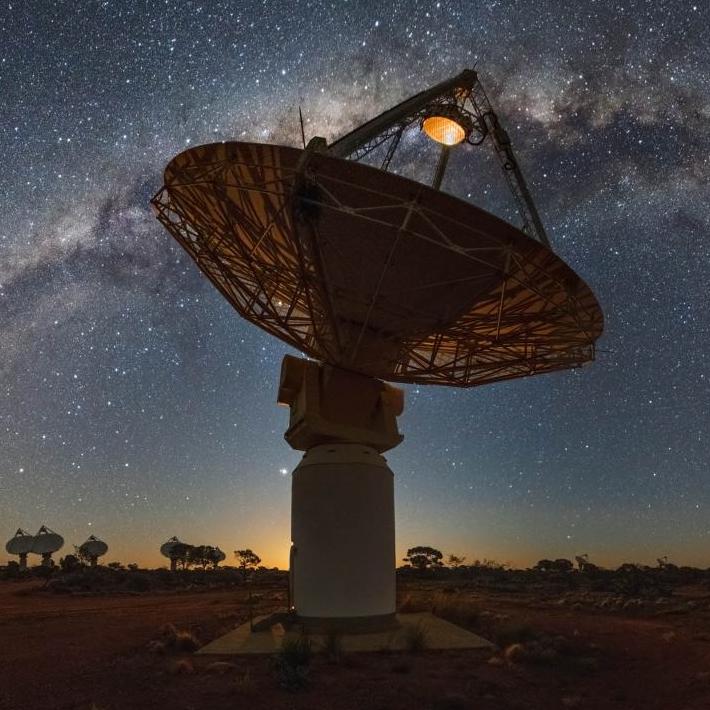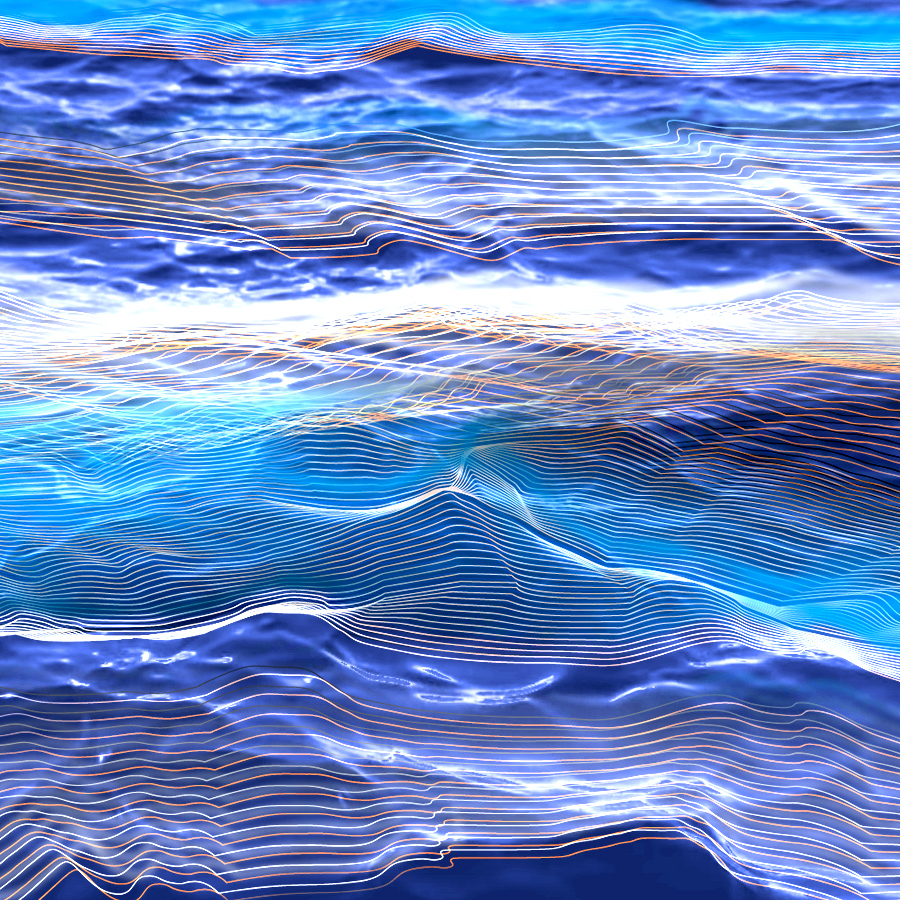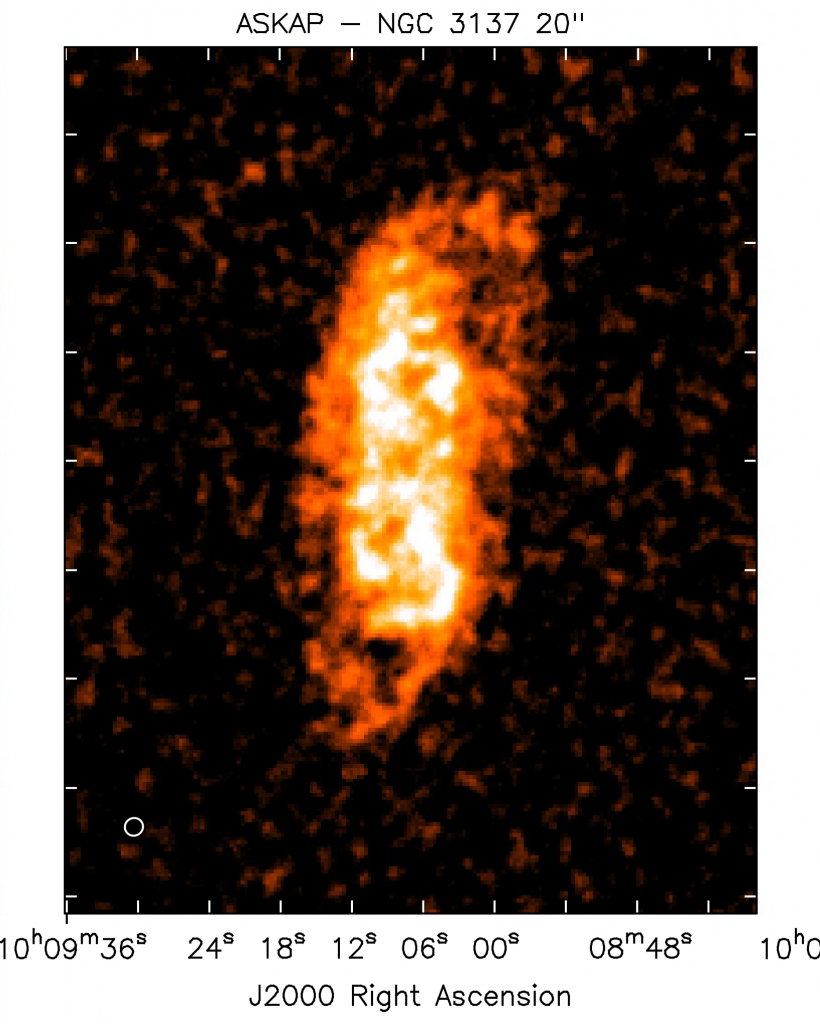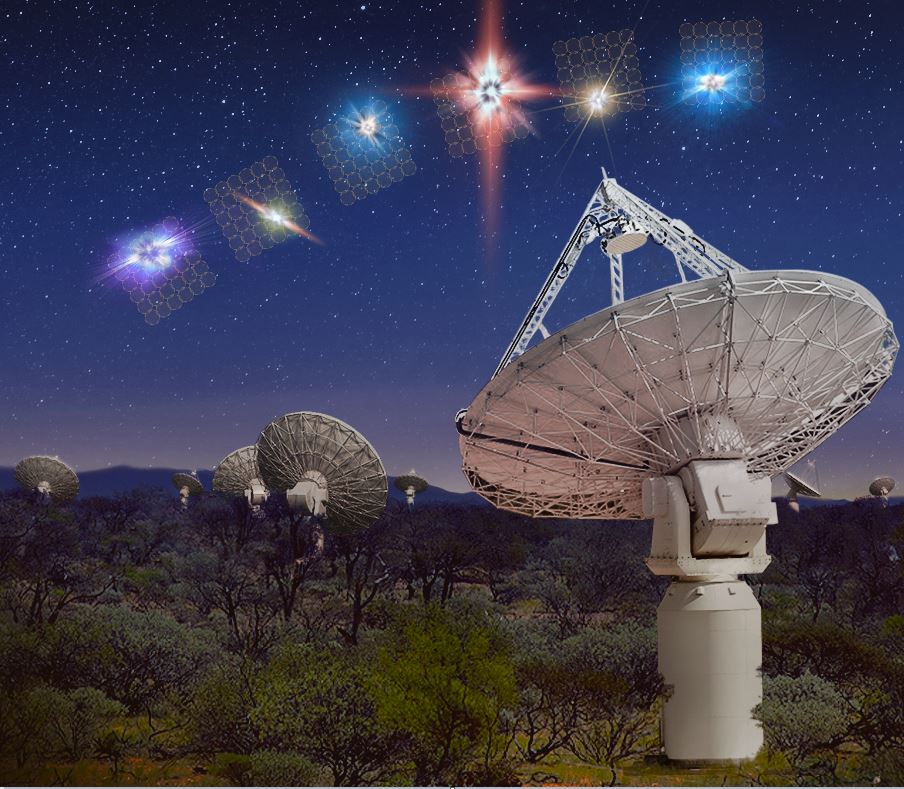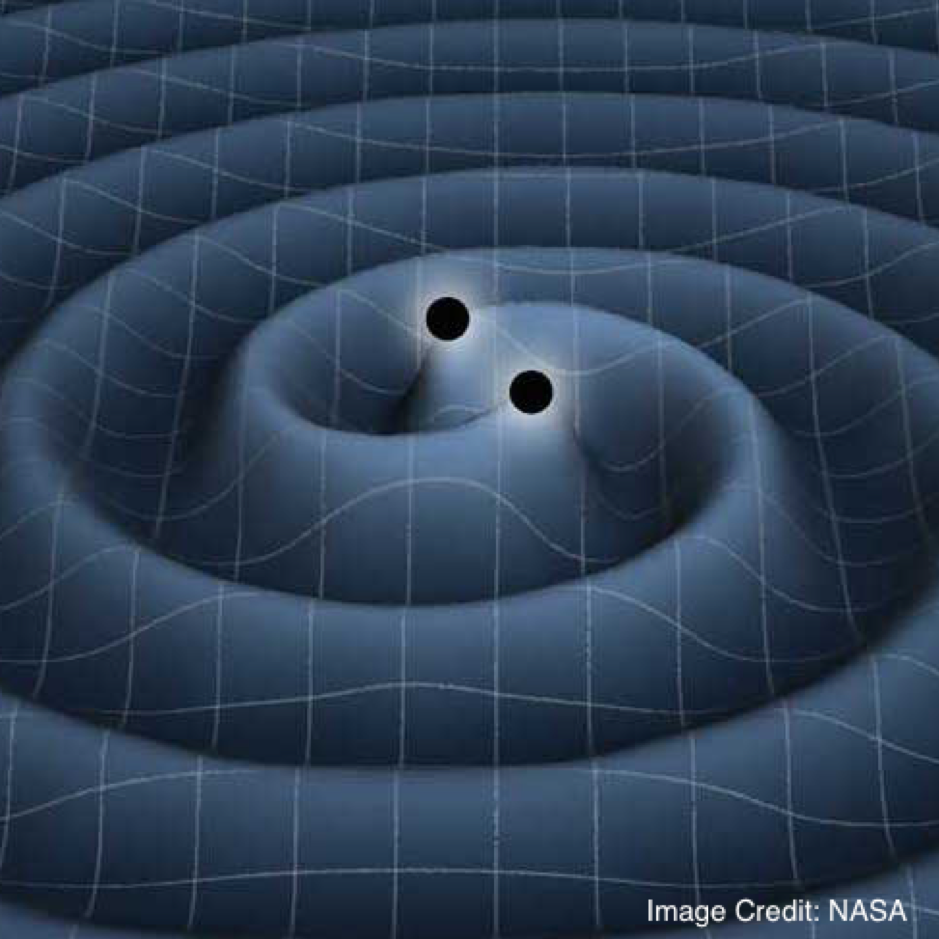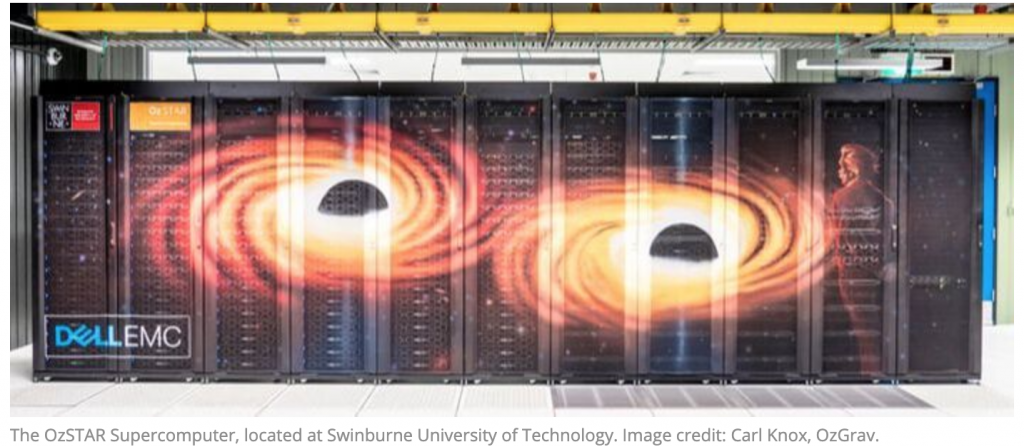Getting parallel bilby production-ready for LIGO’s fourth observing run
The Third Observing Run of the LIGO-VIRGO-KAGRA Collaboration (LVK), O3,…
Professional Services, Success Story
Parallel Optimisation of RSiena for Social Network Analyses
Social network analysis (SNA) is the science of social connection....
ADACS Internship Story: Ellert van der Velden
Ellert van der Velden undertook an internship with ADACS for…
ADACS Internship Story: Ella Wang
Ella Wang undertook an internship with ADACS for three months…
MPI Parallelisation of a Boltzmann Solver for Supernova Simulations
Core-collapse supernovae are spectacular explosions that mark the deaths of…
A prototype for a continuous waves virtual laboratory
The detection of gravitational waves is one of the great...
Parallelisation of the SoFiA source finder
The WALLABY survey will soon begin to map the entire…
Optimising FRB searches using GPUs
Fast radio bursts are millisecond bursts of radio waves. They…
GPU acceleration of gravitational-wave signal models
Neutron stars merge roughly every 15 seconds somewhere in the…
ADACS successfully deploys YandaSoft on OzSTAR
In late 2019, ADACS successfully deployed the astronomical calibration and…

